Understanding the distinctions between dynamic and condenser CB microphones can greatly impact the quality of your sound and the effectiveness of your communication. When it comes to choosing the right microphone for your needs, it’s important to consider factors such as durability, sensitivity, and cost. Dynamic microphones are known for their rugged construction and ability to handle high sound pressure levels, making them ideal for live performances and loud environments. On the other hand, condenser microphones are prized for their high sensitivity and ability to capture subtle nuances in sound, making them a popular choice for studio recording and broadcast applications. In this blog post, we’ll explore the main differences between dynamic and condenser CB microphones, so you can make an informed decision when choosing the right microphone for your needs.
Table of Contents
Key Takeaways:
- Transducer Type: Dynamic microphones use a diaphragm attached to a coil within a magnetic field to generate a signal, while condenser microphones use a diaphragm acting as one plate of a capacitor to capture sound waves.
- Sensitivity: Condenser microphones are generally more sensitive and responsive, making them ideal for capturing delicate sounds and high frequencies, while dynamic microphones are more robust and are better for handling high sound pressure levels.
- Power Requirement: Dynamic microphones do not require external power and can be used with any audio interface or mixer, while condenser microphones need a power source, usually provided by batteries or phantom power from the recording device.
- Frequency Response: Condenser microphones typically have a wider frequency response and capture a broader range of tones, whereas dynamic microphones have a narrower frequency response, making them suitable for certain applications such as close-miking instruments and live performances.
- Cost: Generally, condenser microphones tend to be more expensive due to their intricate design and higher sensitivity, while dynamic microphones are more affordable and durable, making them a popular choice for stage use and recording loud sound sources.
Basic Principles of Microphone Function
Some of the basic principles of microphone function involve the conversion of sound waves into electrical signals. This process occurs through the use of various transducer types, such as dynamic and condenser microphones.
Transducer Types
When it comes to microphones, there are two main transducer types that are commonly used: dynamic and condenser. A dynamic microphone uses a diaphragm attached to a coil of wire suspended in a magnetic field to capture sound waves. On the other hand, a condenser microphone uses a diaphragm that is positioned close to a metal plate, creating a capacitor that stores electrical energy. The differences between these types of transducers result in variations in sensitivity, frequency response, and overall sound quality. Perceiving these differences can help you choose the right microphone for your specific needs.
The Role of Diaphragms in Sound Capture
The diaphragm is a crucial component in the process of sound capture in a microphone. It is responsible for converting the variations in air pressure caused by sound waves into corresponding electrical signals. The size, material, and construction of the diaphragm can significantly impact the microphone’s sensitivity, frequency response, and overall sound quality. Understanding the role of the diaphragm in sound capture can help you make informed decisions when selecting a microphone for your specific applications.
Dynamic Microphones
Assuming you are looking into purchasing a new microphone, it is essential to understand the main differences between dynamic and condenser microphones. Let’s start by diving into the specifics of dynamic microphones.
Construction and Components
Dynamic microphones are built with a simple design, consisting of a diaphragm, voice coil, and magnet. When sound waves hit the diaphragm, it moves the voice coil within the magnetic field, generating an electrical signal. Unlike condenser microphones, which require an external power source, dynamic microphones do not need phantom power and are known for their durability due to the absence of delicate internal components.
Performance Characteristics
One of the key characteristics of dynamic microphones is their ability to handle high sound pressure levels. This makes them suitable for loud sound sources such as guitar amplifiers and drums. They also have a limited frequency response range, which can result in a warmer and less detailed sound compared to condenser microphones. However, this can be advantageous for certain applications, such as live sound reinforcement and recording in noisy environments.
Suitable Applications and Environments
Dynamic microphones are commonly used for live performances, recording loud instruments, and podcasting due to their ability to handle high sound pressure levels and their rugged construction. They are also well-suited for outdoor environments and situations where durability is a concern. However, they may not be the best choice for capturing delicate vocals or subtle acoustic instruments, where the extended frequency response of a condenser microphone may be preferred.
Condenser Microphones
For recording high-quality vocals, acoustic instruments, and other sound sources, condenser microphones are an excellent choice. These microphones utilize a diaphragm and a backplate to convert sound waves into electrical signals, resulting in a more detailed and responsive sound compared to dynamic microphones. Let’s take a closer look at the characteristics of condenser microphones and how they differ from dynamic microphones.
Design and Internal Mechanics
Condenser microphones feature a thin diaphragm that vibrates in response to sound waves, and this movement is converted into an electrical signal through changes in capacitance. These microphones require an external power source, usually supplied by a battery or phantom power from a mixer or audio interface. The internal circuitry of condenser microphones amplifies the electrical signal captured by the diaphragm, resulting in a high-output and detailed sound reproduction. The design and internal mechanics of condenser microphones make them highly sensitive and capable of capturing subtle nuances in sound, making them ideal for capturing vocals, acoustic instruments, and intricate soundscapes.
Performance Attributes
Condenser microphones are known for their wide frequency response, providing a more accurate and natural sound reproduction across the entire audio spectrum. They excel in capturing high frequencies and transients, making them suitable for recording intricate details in sound. Additionally, condenser microphones have low self-noise, resulting in cleaner recordings with minimal interference from internal electronics. However, it’s important to note that condenser microphones may be more susceptible to handling noise and require a shock mount to isolate them from vibrations during recording.
Optimal Use Cases and Settings
When it comes to studio recording, condenser microphones are your go-to choice for capturing vocals, acoustic instruments, orchestral ensembles, and ambient soundscapes. Their high sensitivity and detailed sound reproduction make them well-suited for capturing the nuances of acoustic performances. However, they may not be the best option for live performances or recording loud sound sources, as they can be sensitive to high-pressure sound levels and may exhibit distortion. When using condenser microphones, it’s important to create a controlled and quiet recording environment to fully benefit from their exceptional performance attributes.
Comparative Analysis
After reading about the main differences between dynamic and condenser microphones, you may want to dig deeper into the comparative analysis of these two types of microphones. Condenser Vs. Dynamic Microphones: Everything You … is an excellent source for a comprehensive comparison. However, let’s break it down here for you.
Sound Quality and Sensitivity
When it comes to sound quality and sensitivity, condenser microphones are known for their superior sensitivity and frequency response. They are perfect for capturing the nuances and details of vocals and instruments. On the other hand, dynamic microphones are less sensitive and have a limited frequency response, making them better suited for louder sound sources and live performances.
Durability and Maintenance
In terms of durability and maintenance, dynamic microphones are more rugged and durable due to their simple design without fragile parts like the diaphragm found in condenser microphones. Additionally, dynamic microphones require minimal maintenance and can withstand rough handling, making them ideal for on-the-road performances.
Power Requirements and Connectivity
When it comes to power requirements and connectivity, condenser microphones require phantom power to operate, which makes them suitable for studio recordings and controlled environments. Dynamic microphones, on the other hand, do not require any external power source and can plug directly into a mixer or audio interface, making them more versatile for live performances.
Conclusion
Following this comparison between dynamic and condenser CB microphones, you should now have a clear understanding of the main differences between the two. Dynamic microphones are generally more durable and can handle high sound pressure levels, making them ideal for live performances and loud environments. On the other hand, condenser microphones offer a wider frequency response and higher sensitivity, making them suitable for capturing more nuanced and detailed sound. Consider your specific needs and intended use when choosing between dynamic and condenser microphones, and you’ll be able to make an informed decision that best suits your audio recording and broadcasting requirements.
FAQ
Q: What are the main differences between dynamic and condenser CB microphones?
A: Dynamic CB microphones are generally more rugged and can handle higher sound pressure levels, making them ideal for live performances and loud environments. Condenser CB microphones, on the other hand, are more sensitive and provide a wider frequency response, making them suitable for studio recordings and capturing subtle details in sound.
Q: What type of sound sources are dynamic CB microphones best suited for?
A: Dynamic CB microphones are best suited for sound sources with high sound pressure levels, such as guitar amps, drums, and loud vocal performances. They are also commonly used for live sound reinforcement due to their durability and ability to handle loud volumes without distortion.
Q: In what scenarios would a condenser CB microphone be more advantageous than a dynamic microphone?
A: Condenser CB microphones excel in capturing subtle details and nuances in sound, making them ideal for studio recordings, acoustic instruments, and vocals. They are also often used in broadcast and podcasting settings where a high level of clarity and precision is required.

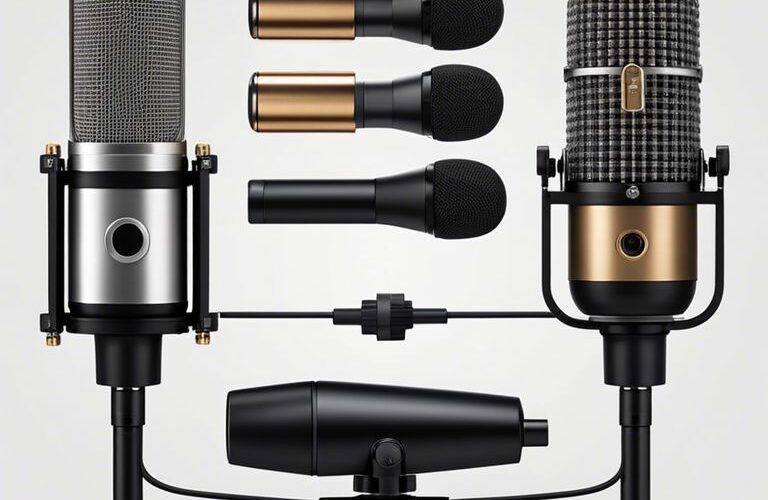
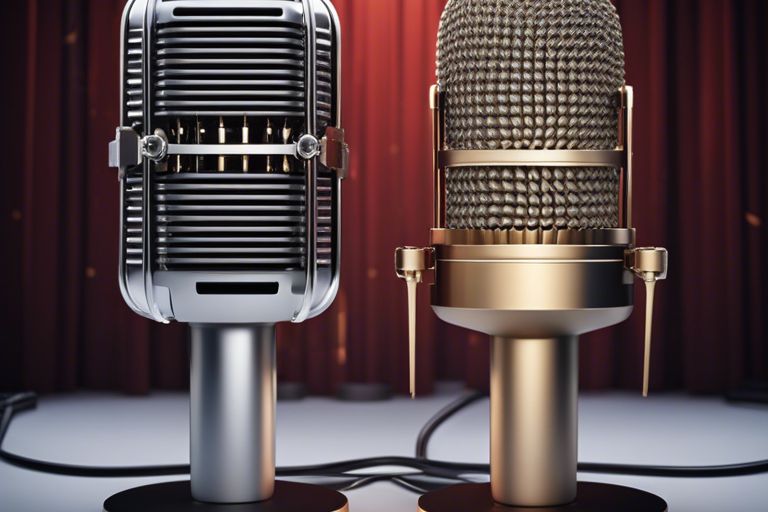
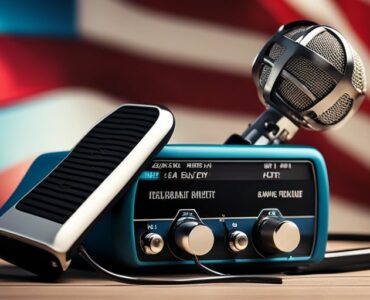
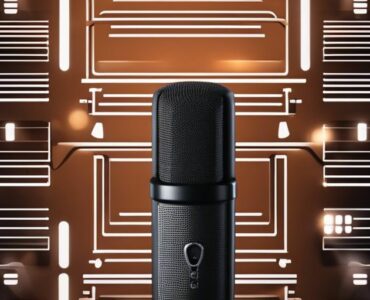
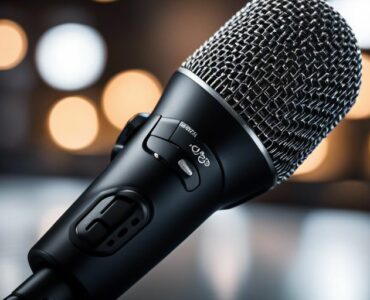





Add comment